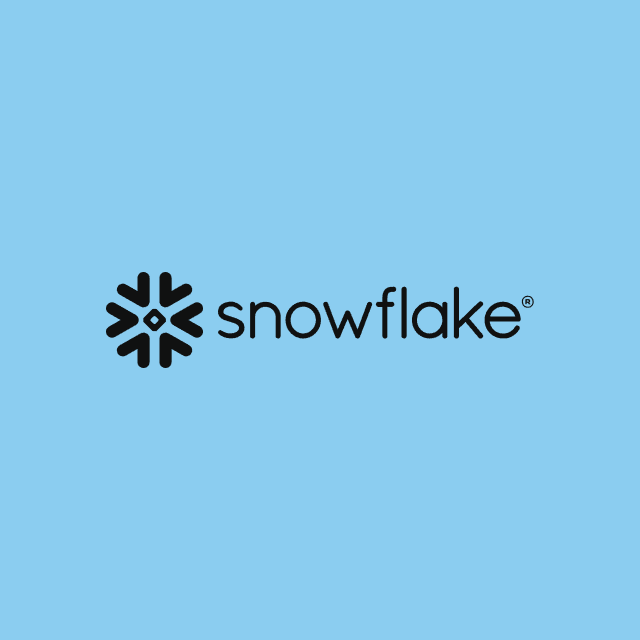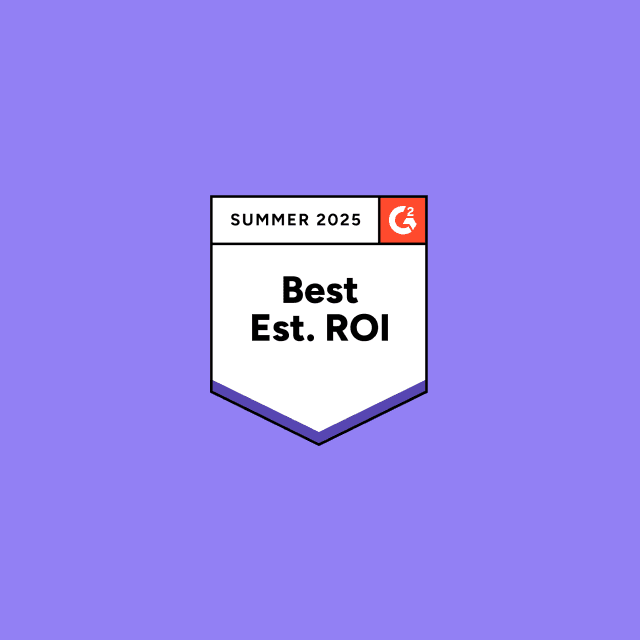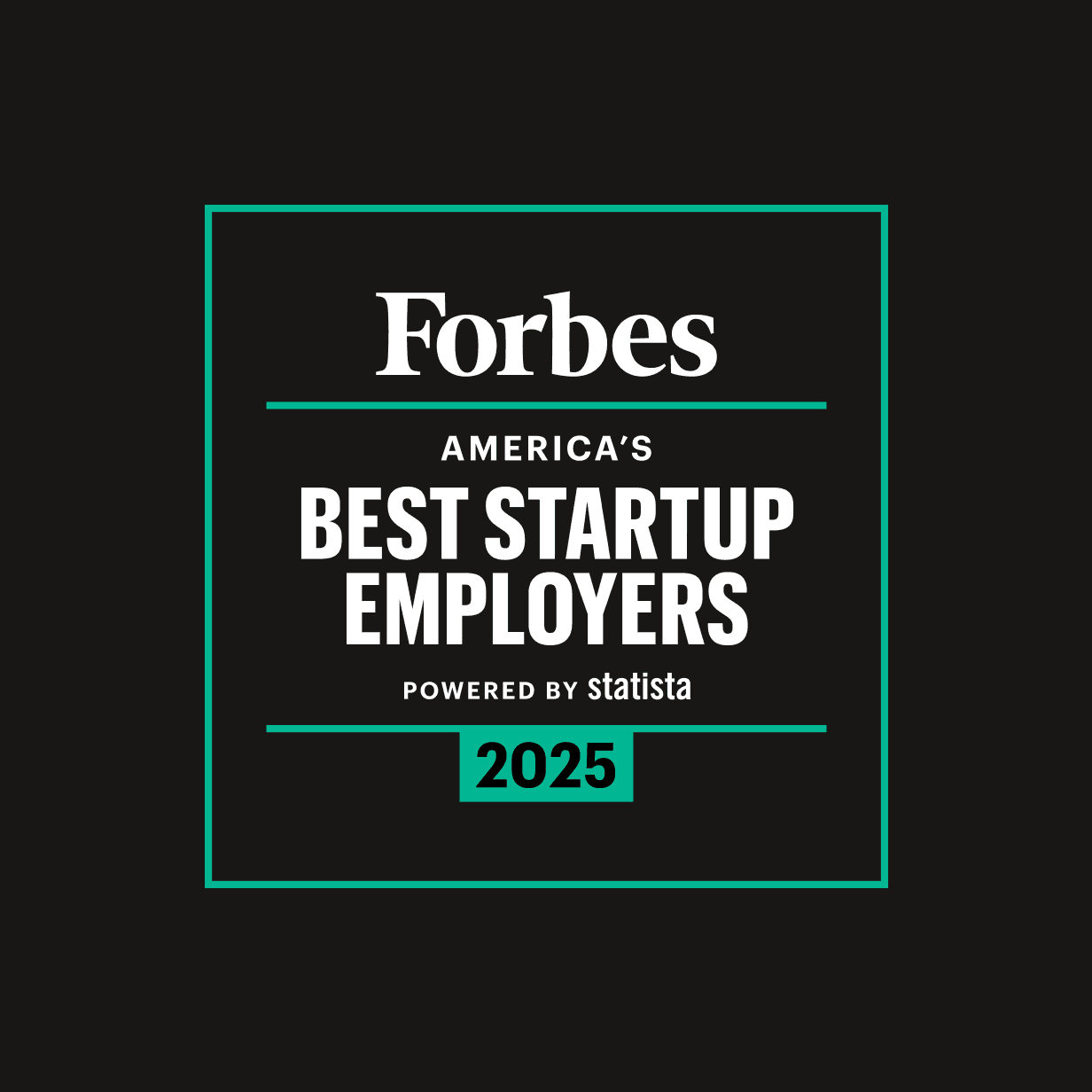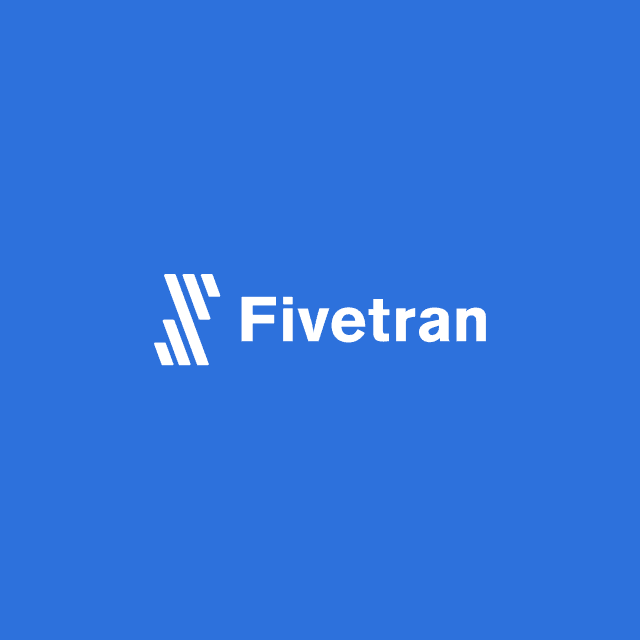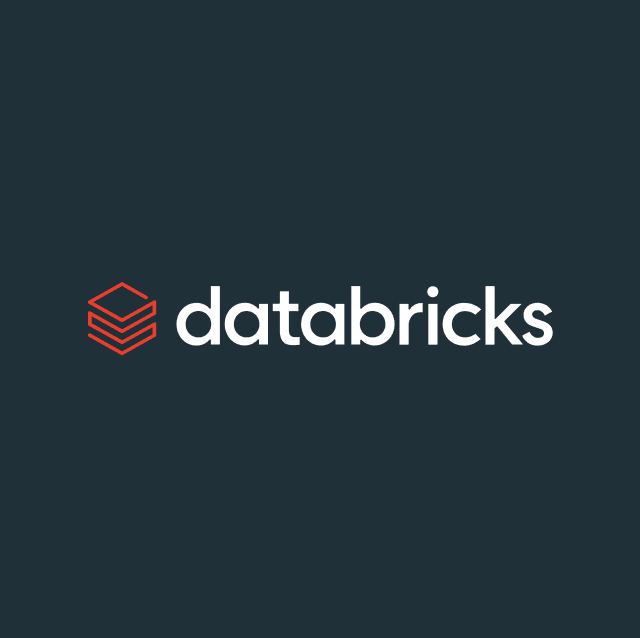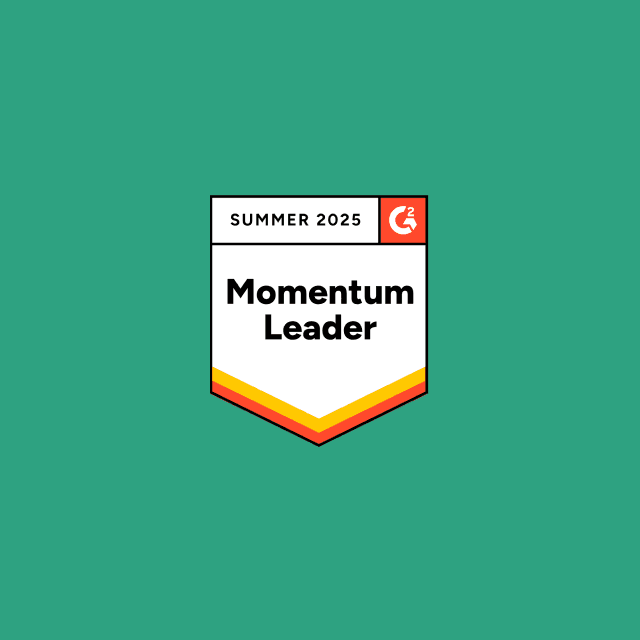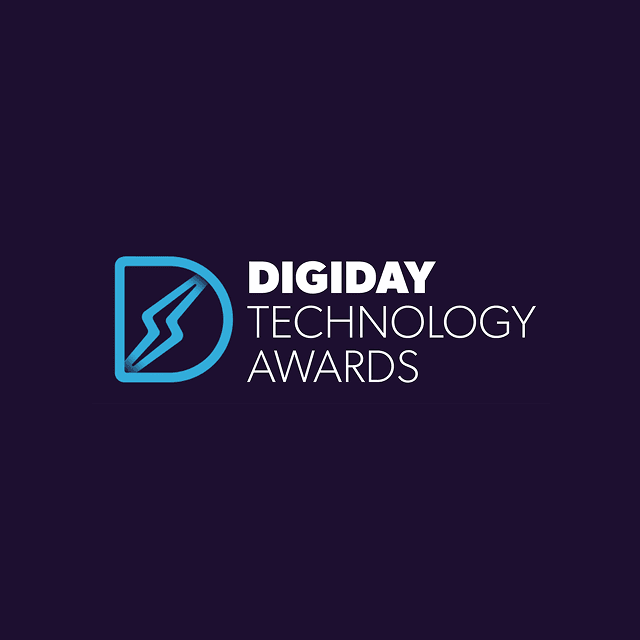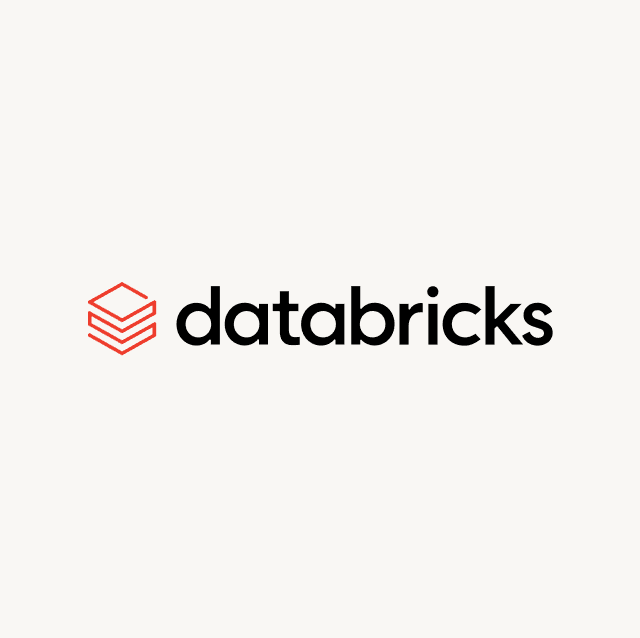Every lifecycle marketer is trying to increase LTV, reduce churn, and drive users toward specific outcomes that move the needle. But all too often, you’re forced to rely on static journeys and rigid audience rules. These approaches turn customer personalization into something generic, where every new segment or branch just adds fragility, trapping users in paths that no longer fit.
So what’s the alternative? Increasingly, marketers are turning to a smarter approach: next best action. This article explores what it means, how it works, and the benefits you can get.
What is next best action?
Next best action is determining the next logical step for a customer based on their behavior, mapped to a specific business goal. It’s not just about choosing a channel or timing. It’s about identifying the most relevant action in the moment for that individual. This approach also helps to move the needle on outcomes like conversion, retention, or upsell. The “best” action balances what makes sense for the customer with what drives measurable value for the business.
Next best action works when there is a clear behavioral context to act on, something that indicates what a customer is likely to want or need. Take Amazon, for example. After purchasing a yoga mat, you might receive a recommendation for resistance bands or a foam roller. This is not just a generic follow-up. It is a cross-sell driven by your recent purchase, making the message timely and relevant. Instead of sending the same email to everyone, next best action enables marketers to tailor the next step based on real customer behavior.
How does next best action work?
Next best action analyzes unified customer data to predict what action will drive the highest value for each individual user. Based on this analysis, it automatically recommends or triggers the most relevant message, offer, or experience, whether sending a targeted email, surfacing an in-app prompt, assigning a sales task, or suppressing outreach altogether.
To achieve this, next best action strategies rely on four core components: data, profiles, predictions, and activation.
1. Data
Next best action starts with collecting the right data, especially first-party data from your product and customer touchpoints. This includes behavioral, transactional, demographic, and engagement data:
- Behavioral: Clicks, feature usage, page visits, etc.
- Transactional: Purchases, renewals, refunds, subscription changes.
- Demographic/Firmographic: Role, industry, company size, etc.
- Engagement: Email opens, support tickets, survey responses.
2. Profiles
This raw data needs to be unified into a single customer profile. That usually means transforming and modeling it in a data warehouse or customer data platform (CDP) to create a 360-degree view of each customer. Profiles might include fields like:
last_purchase_datetotal_lifetime_valuedays_since_last_purchasediscount_affinity_score
3. Predictions
With unified profiles established, predictive models or business rules identify the actions most likely to produce positive outcomes for you. This could be achieved using:
- Propensity scoring models: Predicts the likelihood to convert, churn, or upgrade.
- Business logic: "If inactive 7 days AND trial ends soon → Send reminder"
- Machine learning models: Evaluate thousands of signals to suggest optimal timing, channel, or content.
4. Activation
The final step is activating that decision across channels. This is typically done by syncing customer profiles and predictions into the tools your teams already use, like your CRM, email platform, or in-product messaging system. This is where a composable CDP often plays a key role.
For example:
- Send high-churn-risk users to a retention email flow in Braze.
- Push upsell-ready accounts to Salesforce for sales follow-up.
- Trigger an in-app tooltip for power users who haven’t tried a premium feature.
Common use cases for next best action in CRM & lifecycle marketing
Lifecycle and CRM marketers often face challenges like stagnant re-engagement campaigns or low conversion from loyalty programs. Next best action strategies offer a powerful way to elevate the customer experience and deliver stronger business results.
- Win back inactive customers: When customers go quiet, next best action helps re-engage them before they churn by identifying the right moment and message to bring them back. For example, a meal kit brand notices you haven’t placed an order in weeks. You receive a “We Miss You” email offering a custom recipe bundle and a limited-time discount. This is next best action in practice, targeting lapsed customers with personalized, behavior-driven outreach that encourages reactivation.
- Drive more repeat purchases: The next best action uses past purchase behavior to trigger timely follow-ups that boost customer lifetime value. For example, you finish your moisturizer, and just as you're about to run out, your skincare brand sends a restock reminder. Or your pet food subscription nudges you with a reorder offer at the right time. These messages feel personal because they are. Next best action uses context and timing to prompt natural, frictionless reorders.
- Boost order value with cross-sells and upsells: Next best action helps increase average order value by recommending relevant add-ons or upgrades when a customer is most likely to convert. For example, after booking a flight, you’re prompted to add a seat upgrade or checked baggage. When purchasing a new phone, you’re offered a bundle with a case and screen protector at checkout. These timely suggestions match customer intent and increase revenue without introducing friction.
Benefits of delivering the next best action
Delivering the right message to the right customer at the right time is crucial, not just for conversion, but for protecting your margins. If you offer a discount to someone who would have purchased anyway, you’re cutting into revenue for no reason. However, if you send that same offer to a price-sensitive customer at the exact moment they’re on the fence, it could unlock a conversion that wouldn’t have happened otherwise. Next best action helps you make that call, allowing you to make smarter use of customer data so you can send the right message to the right person at the right time and drive better results for your business.
- Hyper-personalized recommendations based on behavior: Next best action goes beyond demographic segmentation by responding to customer behavior. For example, a streaming service notices that a subscriber who previously binged action-packed thrillers is now exploring slow-burn dramas and critically acclaimed indie films. Next best action can trigger a tailored recommendation that highlights award-winning character-driven stories, features similar themes or directors, and even promotes upcoming releases the user will likely enjoy. The brand avoids generic suggestions, and the viewer gets meaningful guidance that aligns with their evolving taste.
- Smarter incentive delivery that protects margins: Next best action helps you identify who needs a discount and how much of one, instead of defaulting to blanket promotions. For example, a beauty brand sees customers repeatedly adding products to their cart but never checking out. Rather than offering 20% off to everyone, next best action could trigger a free shipping offer for that user. Meanwhile, less hesitant shoppers might only get a gentle nudge. This approach aligns the incentive with the level of hesitation, preserving margin while still driving action.
- Proven revenue lift and loyalty gains: Next best action improves profit and retention by aligning incentives with customer behavior. Instead of defaulting to blanket offers, you can suppress discounts for price-insensitive shoppers to protect your margins, while timing personalized bundles to high-potential customers to lift order value. At the same time, holding back follow-ups for recent buyers prevents fatigue and keeps engagement high. Together, these actions drive higher revenue per customer, increase repeat purchases, and strengthen loyalty.
- Increased relevance that benefits the customer: Next best action doesn’t just drive business outcomes, it also creates a better experience for the customer. For example, a pet food subscription brand sees that a customer typically orders every six weeks. Next best action can proactively send a reminder just as the last bag is running low, even pre-selecting the usual flavor and quantity. This thoughtful, seamless experience makes the customer feel understood and valued, increasing loyalty over time.
- Efficient use of marketing spend: By focusing on the highest-impact actions, next best action ensures that every dollar you spend drives meaningful results. For example, a fashion brand might use paid retargeting to reach high-intent users who viewed premium items but didn’t purchase. Meanwhile, casual browsers receive a softer touch through email with seasonal inspiration. Rather than blanketing your entire audience, your marketing spend is targeted and purpose-driven.
- Coordinated messaging across channels: Next best action ensures consistency in communication so customers receive timely, relevant messages without duplication or overload. For example, a customer browsing vacation packages receives an email featuring flexible hotel options. If the email goes unopened, next best action can follow up with an SMS 24 hours later highlighting a limited-time room upgrade. This creates a cohesive customer journey, where each message builds naturally on the last and keeps the brand top of mind without being intrusive.
Types of next best action models
Implementing next best action takes more than a single algorithm. It is a strategic capability that evolves over time, depending on the maturity of your data infrastructure, decision-making logic, and orchestration tools. To help map where your organization stands and where it could go, this five-level maturity model outlines the most common architectures used to deliver next best action. It ranges from basic rule-based flows to fully automated, decisioning powered by AI.
Rule-based triggers
At this foundational stage, rule-based triggers rely on simple if/then logic to automate actions based on clearly defined user behaviors or time-based milestones. These flows are typically static, segment-driven, and easy to set up using basic marketing automation platforms like Klaviyo, Mailchimp, or HubSpot. While not personalized in real-time, they’re effective for addressing predictable customer scenarios at scale.
These rules are predefined and tied to a single event or condition. Examples include:
- Cart abandonment emails: If a user adds items to their cart but doesn’t check out within 1 hour, send a reminder with product details and a nudge to complete the purchase.
- Post-purchase thank-you messages: After a user completes a transaction, trigger a thank-you email followed by upsell or review request messaging.
- Re-engagement emails: If a user has been inactive for 30 days, send a personalized message encouraging them to return, often featuring new content, offers, or product recommendations.
- Winback/subscribe flows: If a user unsubscribes or churns (e.g., cancels a subscription), trigger a winback email sequence after a set period, such as 14 or 30 days, offering a discount, highlighting new features, or inviting feedback.
Propensity scoring and batch next best action
At this stage, you move beyond basic automation by using predictive modeling to estimate what a user will likely do next. This is known as propensity scoring, a statistical or machine learning-based approach that assigns a probability score to each user based on historical behavior and current signals.
These scores indicate how likely a user is to churn, convert, engage with a product, or take other key actions, and they’re typically refreshed on a regular cadence (e.g., daily or weekly). Once scores are assigned, marketers use them to segment users into audiences and deliver batch campaigns, often through email, ads, or push notifications.
Examples include:
- High churn risk: Users with a high churn score are added to a weekly retention campaign offering support resources, feature highlights, or limited-time discounts.
- High product affinity: Users showing strong interest in a particular category or feature receive personalized product recommendations or educational content.
- High purchase likelihood: Users with a high propensity to buy are included in a promotional campaign for a new product, limited offer, or free trial extension.
- Upsell/cross-sell readiness: Customers who’ve adopted core features and have high engagement scores are added to a campaign highlighting premium features or expanded tiers.
Multi-channel orchestration
At this level, next best action strategies will evolve from isolated campaigns into coordinated, cross-channel experiences. The goal is not just to send the right message, but to send it through the right channel, at the right time, and in the right order. This approach is known as multi-channel orchestration.
Rather than treating each channel in a silo (e.g., email, SMS, paid media), orchestration platforms allow you to define logic and dependencies across them. That means one action can influence or suppress another, creating a smoother, more context-aware customer journey. Platforms like Braze, Iterable, or Customer.io often power this level of coordination.
Examples include:
- Channel escalation: If a user doesn’t open an email within 24 hours, trigger a follow-up via SMS or push notification to improve visibility.
- Event-based suppression: Once a customer completes a purchase, automatically pause or exclude them from retargeting ads and upsell emails.
- Respecting preferences: If a user unsubscribes or opts out of a re-engagement email, suppress future nudges across all other marketing channels.
- Sequenced messaging: Start a campaign in-app, follow up via email 1 day later, and finish with a personalized ad the following week, based on engagement along the way.
AI Decisioning: the evolution of next best action
Marketers have spent years chasing the elusive next best action. But in 2025, the bar has moved: the real competitive edge is making the next best decision for every customer, in every moment, across every channel, then letting the system learn and improve on its own. That’s exactly what AI Decisioning delivers.
Traditional journey builders map out rigid, predefined paths and rely on batch A/B tests that barely scratch the surface of today’s complexity. They guess at segments, hard-code rules, and hope results hold up next quarter. AI Decisioning replaces that guesswork with continuously learning AI agents that test and optimize with no human micro-management required.
How it works
- You define the outcome: Driving repeat purchases, increasing average order value, or improving retention.
- You provide the inputs: Copy, offers, channels, timing windows, and guardrails like frequency caps or exclusions.
- The agents decide. AI agents run continuous 1:1 experiments, learning in real time which actions drive the outcomes you care about.
- The loop closes. The system uses reinforcement learning to optimize decisions over time, instantly adapting to new behavior or creative changes.
Unlike black-box suites, Hightouch sits on top of your existing data warehouse and pushes decisions into the martech tools you already use. Your data stays where it belongs, your brand guardrails stay intact, and you can inspect every decision (what was sent, why it was chosen, how it performed) at any time. Think of it as your own AI agents that never sleeps and never stops learning.
AI Decisioning turns lifecycle marketing into an agentic, self-improving system that compounds ROI without adding manual overhead. If you’re ready to trade rule trees for intelligent AI decision-making and watch your campaigns sharpen themselves with every send, book a demo.




